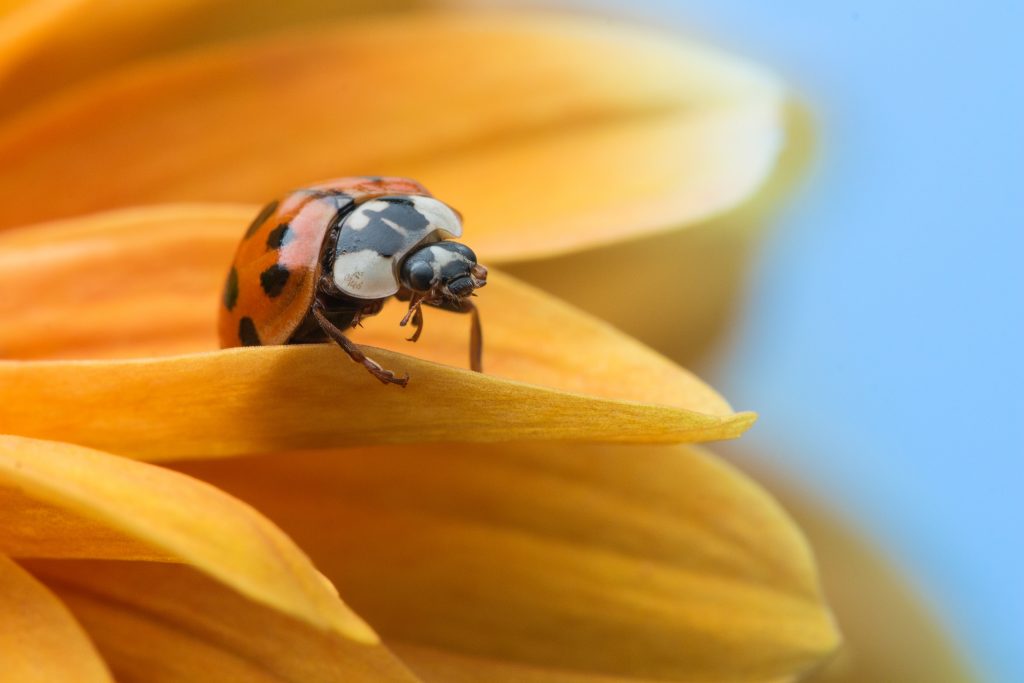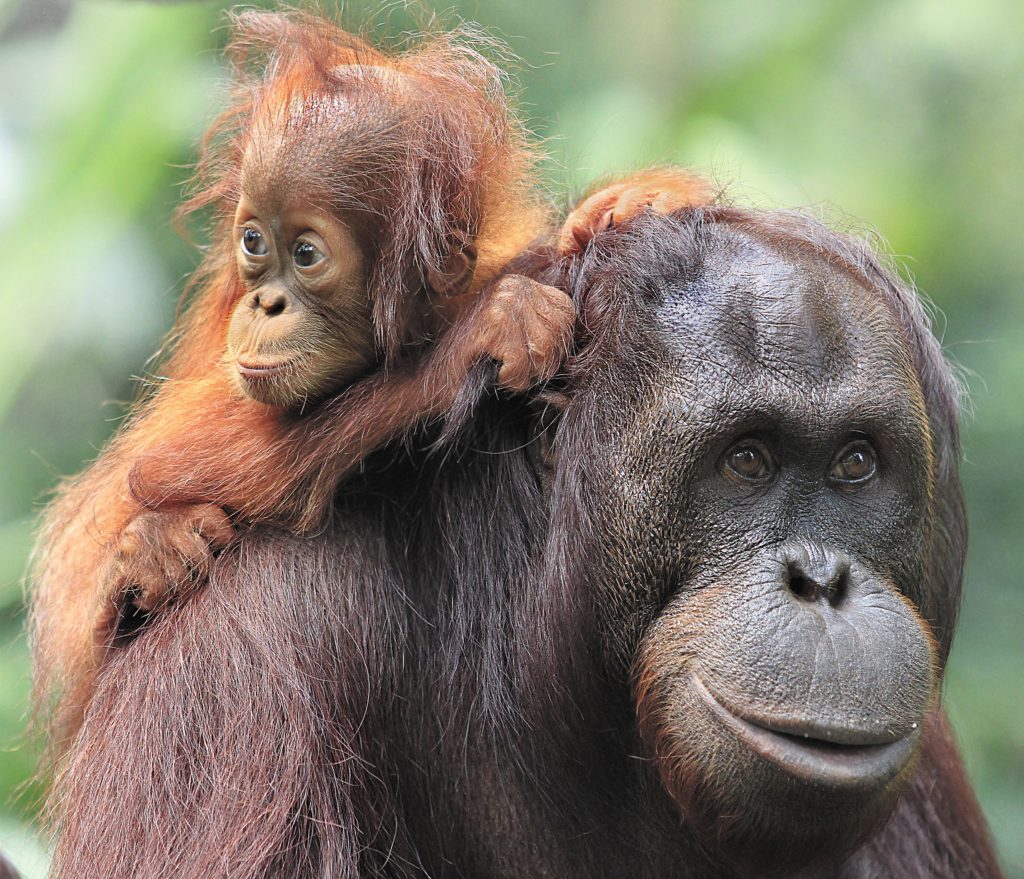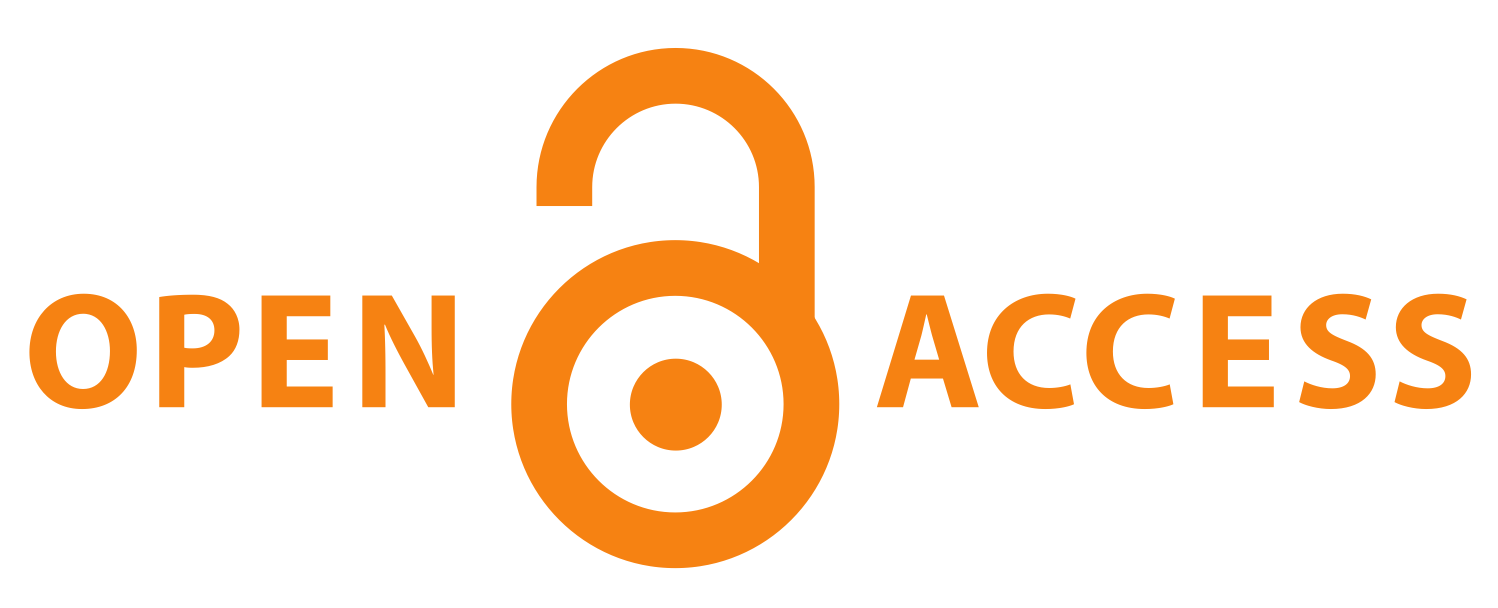SciComm Corner – Can science communicators help to protect endangered species?

Article written by Ingrid Fadelli
Over the past few decades, the pace at which animal species are becoming extinct has accelerated considerably. Estimates by the International Union for Conservation of Nature (IUCN) suggest that over 16,000 animal species are now at risk, while in 2007 the red list of endangered animals included 7,851 species.
The number of threatened animals listed by the IUCN as either endangered, critically endangered, or vulnerable has increased by 21% between 2007 and 2020, with endangered reptiles rising by 245%, insects by 209%, molluscs by 135%, and fish by 167%.
While several factors are now threatening the lives of wild animals on Earth, the most crucial of these are climate change and human activity, including overhunting, pollution, habitat destruction, the exploitation of natural resources, and overdevelopment. Scientists at the Centre for Biological Diversity estimate that a staggering 99% of currently endangered species are at risk of extinction due to human activities.
Ecologists and biodiversity researchers are working hard to protect these endangered animals, with the hope that they will increase their numbers and prevent them from becoming extinct. Nonetheless, with every passing day new species are classified as extinct and others become increasingly endangered.
With our planet and the wildlife inhabiting it facing serious threats, science communicators might wonder what they can do to help protect threatened animal species and safeguard their environment, other than donating to wildlife conservation charities. This blog post discusses our possible role as science writers and media creators in the battle against the extinction of species.

Informing the public about endangered species and wildlife conservation efforts
The first and most obvious way in which science communicators can help to protect endangered species is by disseminating scientific information to wider audiences. For instance, scientific media platforms can let people know about animal species in their region that are at risk of becoming extinct, as well as wildlife conservation efforts aimed at protecting these species.
If inhabitants of areas populated by endangered species read about the risks these species are facing and factors contributing to their endangerment, they might become more aware of how their actions might affect the animals. This could encourage them to adapt their behaviour to protect endangered species.
For instance, if readers discover that some fish species in their region are at risk of extinction due to overfishing, pollution, or changes in habitat, they might choose to stop fishing for these species or become more mindful of how their actions affect their natural habitat.
In addition, science communicators can play a crucial role in conveying the work of ecologists and wildlife conservation organisations to wider audiences. After learning about projects aimed at preserving the environment, protecting wildlife, or saving specific species from extinction, readers could feel more inclined to contribute to these projects or make donations to charities that are working to protect endangered species.
Creating opportunities for collaboration
In addition to non-experts, science media audiences often include scientists and ecologists themselves. By informing experts about other research efforts in their field or projects aimed at protecting specific species, science communicators could thus also spark collaborations between research teams in various parts of the world, encouraging scientists to reach out to others and contribute to their projects.
For instance, a researcher who is conducting research about the habitat of an endangered animal species might read an article about a new project by a different team of researchers investigating the factors threatening this species’ survival and decide to reach out to provide his insight or contribute to the project.
Moreover, articles about specific wildlife conservation projects or initiatives could be read by people, organisations, and agencies providing research funding. If they find the project interesting, these organisations might be inclined to support it financially or to provide funding for related studies in the future.
Overall, science communicators can play an important role in keeping scientists, governments, and organisations involved in protecting the biodiversity of our planet in the loop about the work that is being conducted by others worldwide, potentially facilitating valuable collaborations between different parties.
A valuable way of facilitating these collaborations, particularly those between local and international researchers or agencies, is to also cover scientific studies or projects published in languages other than English, as these might be harder for international agencies to access.

Three final tips to write about wildlife conservation efforts
After discussing how science communicators can help to protect animals at risk of extinction, here are a few tips on how to best communicate wildlife conservation-related topics to readers:
- Include relevant statistics and information that helps readers to understand the value and importance of wildlife conservation projects. This could include, for instance, statistics showing that a species is in rapid decline, as well as information about the biological contribution of a species or the role it plays within a larger ecosystem.
- Clearly outline the factors threatening the survival of the species discussed in articles or media content.
- Where relevant or possible, emphasise how readers in affected areas can help to save these species from extinction.
To protect our planet and its vast biological diversity, governments, businesses, non-profit organisations, scientists, and all other individuals worldwide need to work together, ensuring that they preserve natural resources and the habitats of endangered species. By communicating scientific developments and wildlife conservation efforts to the public, scientific media agencies and communicators can do their part, joining global efforts to prevent the extinction of endangered species.
References: https://www.iucnredlist.org/
ABOUT SCICOMM CORNER
As well as bringing you the latest science through our publication, we also like to share our opinions and insights about the world of science communication. Here we provide practical guidance for scientists and science communicators who desire to communicate science to a broader audience in an effective and engaging manner.
All posts are brought to you by the Scientia team and invited guest bloggers. If you would like to get involved and share your opinion in SciComm Corner then get in touch, we’d love to hear from you: info@sciencediffusion.com
Creative Commons Licence
(CC BY 4.0)
This work is licensed under a Creative Commons Attribution 4.0 International License. 
What does this mean?
Share: You can copy and redistribute the material in any medium or format
Adapt: You can change, and build upon the material for any purpose, even commercially.
Credit: You must give appropriate credit, provide a link to the license, and indicate if changes were made.

Open access vs Public access the case for democratic outreach in academic communication
While the move towards open access and its benefit to the wider scientific community is laudable, it comes at a cost—a cost, like most publishing costs in academia, that is ultimately funded by the general public. In 2023, approximately 45% of academic papers were published as open access. This figure represents a continuation of the growth trend seen in open access publishing over the past decade. This figure is based on all OA models: fully open access (gold), green (self-archived), bronze (free to read without a clear license), and hybrid models. Approximately $2.25 billion of public funds were spent to make those academic papers open access.
